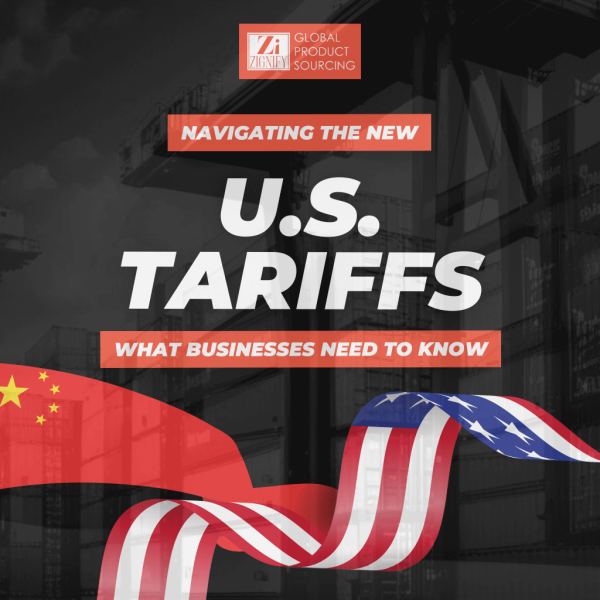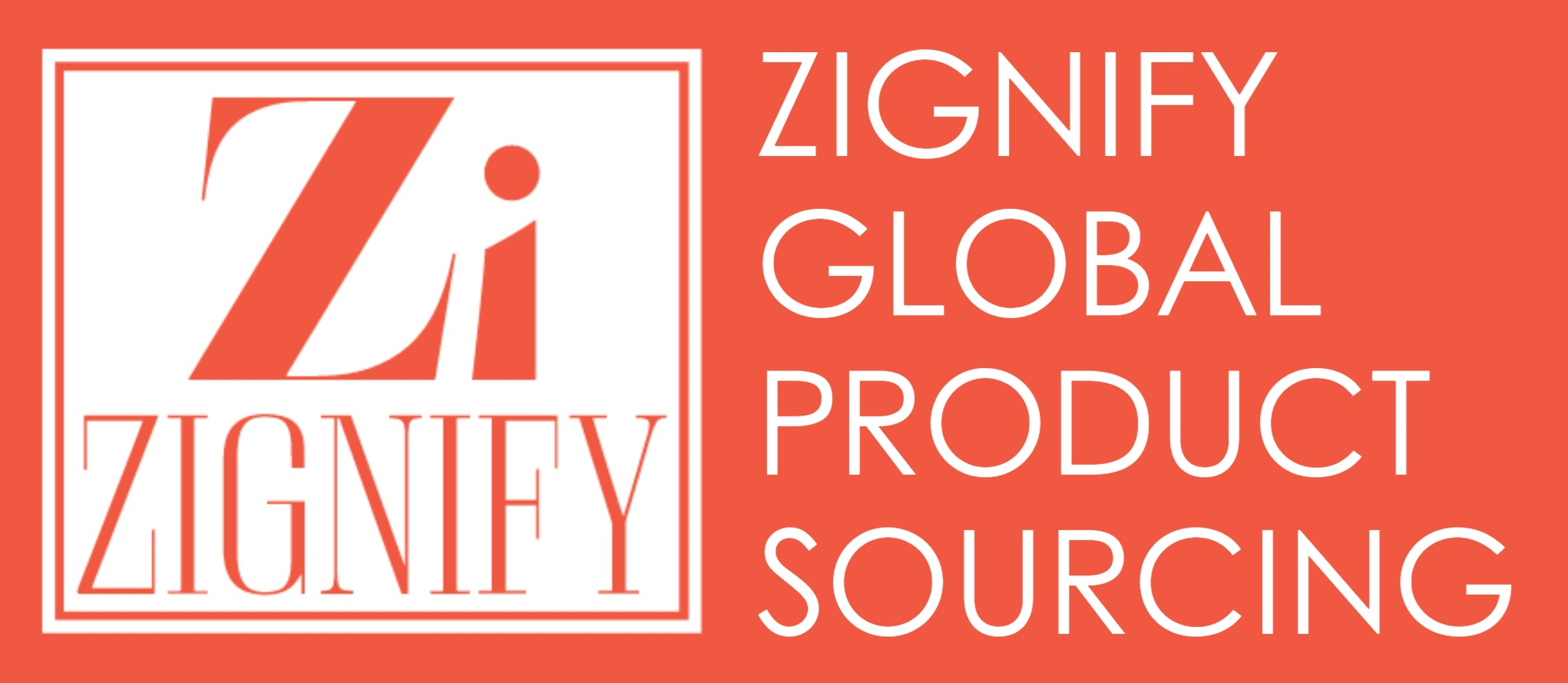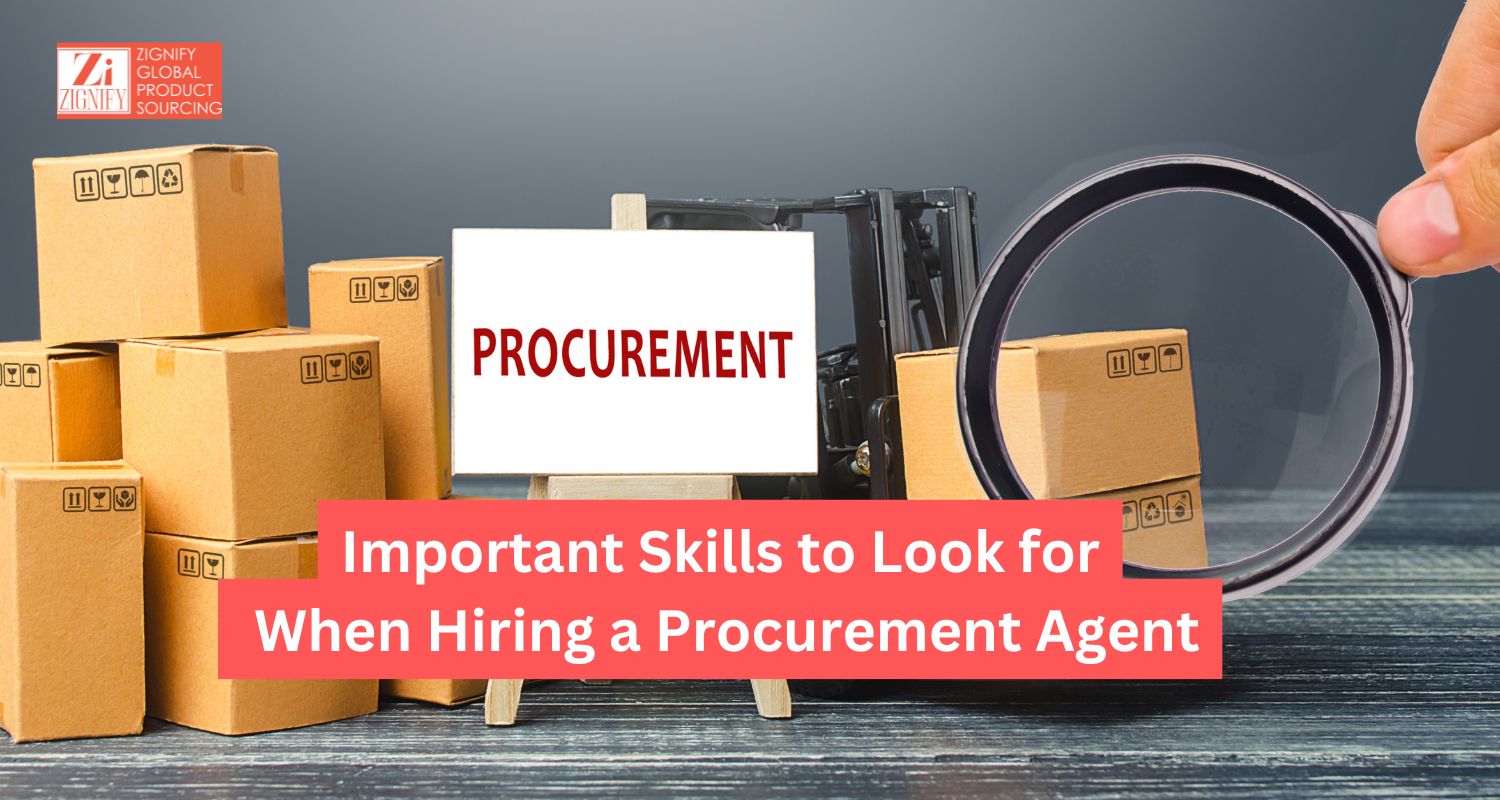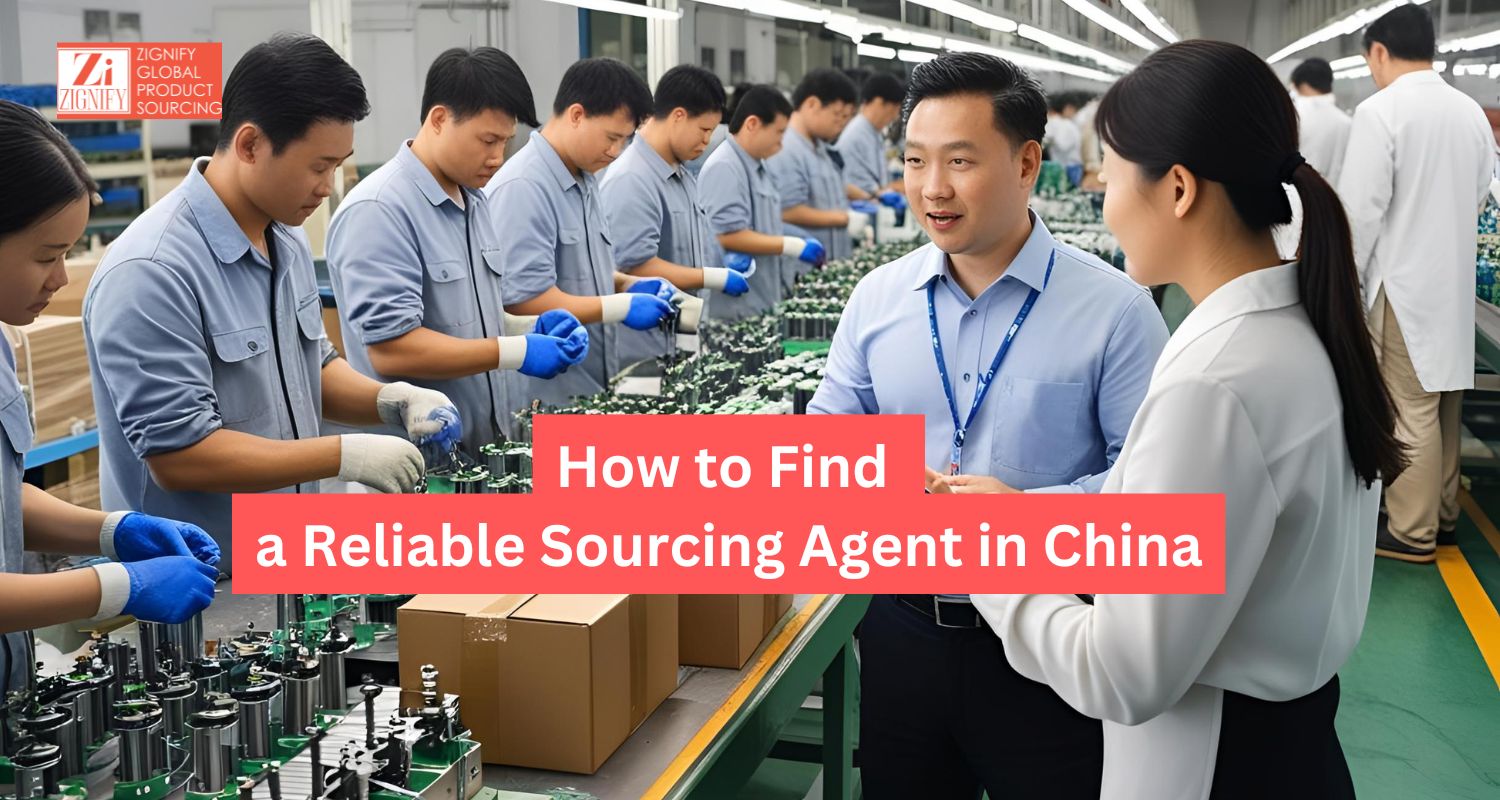
In recent months, the Biden Administration has continued and expanded upon the tariffs initially imposed during the Trump presidency. This move raises important questions about the implications for American businesses, the ongoing trade relationship with China, and the broader economic landscape.
While this might seem like a continuation of Trump’s policies, it’s clear the Biden team is taking a hard stance against what many Americans view as unfair trade practices. The goal? To tackle the trade imbalance and protect American businesses from the flood of cheap Chinese exports.>
But what does this mean for you if you’re importing from China? 🤔 Are these tariffs making it harder for your business to stay competitive? And with the November elections approaching, could this be part of a broader strategy to appear tough on China? Keep on reading this article to find out.
What are Import Tariffs?
Import tariffs, also known as customs duties or import duties, are taxes imposed by a government on imported goods. These tariffs are levied at the border when goods enter a country. The primary purpose of import tariffs is to protect domestic industries by making foreign goods more expensive, thus giving domestic products a competitive advantage.
When did the US tariffs start?
The imposition of tariffs is not a new concept in U.S.-China trade relations. This practice began gaining significant traction in 2018 under President Trump’s administration, which implemented what are commonly referred to as Section 301 tariffs or the Trump tariffs.
These tariffs were part of a broader strategy to counterbalance what was viewed as an excessive trade deficit and to press China on issues like intellectual property theft and market access barriers. Despite the change in administration, the Biden Administration has maintained and even expanded these tariffs.
What is the rationale behind the tariffs?
- The large U.S. trade deficit with China – The U.S. imports far more from China ($400+ billion annually) than it exports ($140 billion), leading to a massive trade imbalance.
- Concerns over unfair Chinese trade practices – The U.S. argues China is flooding the market with artificially cheap exports that American companies can’t compete with.
- Desire for strategic autonomy and domestic production – The COVID-19 pandemic exposed U.S. reliance on Chinese imports for critical products like masks. There are efforts to boost domestic manufacturing of key goods for national security reasons.
- Subsidizing green energy and semiconductor production – The U.S. is pumping subsidies into industries like batteries, solar panels, and microprocessors to regain a competitive edge, and the tariffs aim to make Chinese imports less attractive
Which products and materials have been given these tariffs?
If you’re importing goods from China, there are some key changes you need to be aware of. Recently, the Biden Administration has extended and expanded tariffs on various Chinese products, including essential items like lithium iron batteries, steel, and even electric vehicles. Let’s break down what this means for you and how to navigate these changes.
Why the Focus on Chinese Imports?
So, why all this fuss about Chinese imports? Simply put, many crucial industries depend on Chinese-made components and products. Lithium iron batteries, for example, are a big deal—they power nearly every electronic gadget we use today. If the supply line from China gets disrupted, it could seriously impact the availability and cost of these products.
The U.S. government is aiming to reduce dependence on China in certain key areas. It’s not just about moving manufacturing back to the States; there’s a push to encourage private companies to invest in domestic production or find alternative sources, like Mexico. However, there’s a catch—if Chinese companies set up production in Mexico to circumvent tariffs, they might still face additional duties.
The Politics Behind the Tariffs
You might be wondering, “Is this just political theater?” Well, sort of. Both Biden and Trump have used tariffs as a tool to address trade imbalances and to put pressure on China. Biden, in particular, may be using these tariffs to demonstrate a tough stance on China, ensuring that he doesn’t come off as weak on trade issues.
From a political standpoint, imposing tariffs is a way to show voters that the administration is taking concrete steps to protect American industries. Meanwhile, China’s response? They’re likely less thrilled and might seek out new markets to offset their losses.
Can Chinese companies pivot to new markets?
Here’s the thing: China has a huge market beyond the U.S. They’re not just sitting around waiting for American buyers to return. Chinese companies are aggressively pursuing new opportunities in places like Vietnam, Mexico, and potentially other Central American countries. They’re not letting these tariffs stop them; instead, they’re adapting and looking for new ways to sell their products.
What strategies can sellers use to mitigate the impact of the tariffs?
If your business sources products from China, you’ll need to navigate increased costs and potential supply chain disruptions. Here’s what you need to think about:
- Check if Your Products Are Affected: Look at the latest tariff lists to see if your products fall into the new tariff categories. Products like lithium batteries, semiconductors, and EV components are now subject to higher tariffs.
- Calculate the additional costs you will incur due to the tariffs and how it will impact your profit margins.
- Negotiate with Suppliers: If your products are on the list, start talking to your suppliers. See if you can negotiate a cost-sharing arrangement to absorb some of the tariff impact. This way, you’re not left holding the entire cost. Supply chain optimization companies like Zignify Global Product Sourcing not only specializes in product sourcing but also excels in quality control, supplier negotiations, local inspections, and factory audits.
- Explore Alternative Sources: It might be time to consider diversifying your supply chain. Consider sourcing materials or components from other countries not subject to the tariffs, such as Mexico or other U.S. allies. Look into suppliers from such countries or regions that might offer more favorable terms.
- Investigate increasing domestic production within the U.S. to avoid the tariffs altogether. Made in America makes a comeback.
- Engage with Your Customers: Communicate transparently with your customers about the tariffs and how they will affect pricing. Work with customers to find mutually agreeable solutions, such as sharing the increased costs or exploring alternative products.
- Diversify Your Markets: Look for opportunities to expand sales to other international markets less impacted by the U.S.-China trade tensions. Reduce reliance on the U.S. market by focusing on growth in other regions.
- Stay Informed: These tariffs are part of a broader strategy that could shift frequently. Keep an eye on policy changes and market trends to stay ahead.
What are some successful case studies of businesses mitigating tariff impacts?
- A beauty Accessory Company
A beauty accessory seller—who annually sold 500,000 units of products. By shifting production to Vietnam, not only did they find the product at a surprising $1 cheaper than in China, saving $500,000 on production costs, but they also enjoyed a 27% reduction in import taxes. This exploration of alternative country sources resulted in a remarkable $810,000 in annual savings from anti-dumping import tariffs, contributing to a total annual saving of $1.31 million. - Boeing
Boeing has dealt with tariffs imposed on its aircraft components, particularly from the EU and China. To counteract these tariffs, Boeing diversified its supply chain by sourcing materials from various countries. This strategy not only reduced reliance on any single market but also helped mitigate the financial impact of tariffs. Additionally, Boeing engaged in lobbying efforts to influence trade policy, advocating for more favorable conditions for American manufacturers.
Moving Forward
While the future of U.S.-China trade is a bit of a mystery right now, there’s plenty you can do to protect your business from potential risks. It’s not just about reacting when things go awry; staying proactive is key. Think about how these tariffs could impact your operations and explore ways to soften the blow. This is the perfect moment to team up with a partner like Zignify Global Product Sourcing who truly gets the ins and outs of the supply chain game. By collaborating with an expert, you can navigate these changes smoothly and keep your business on track




